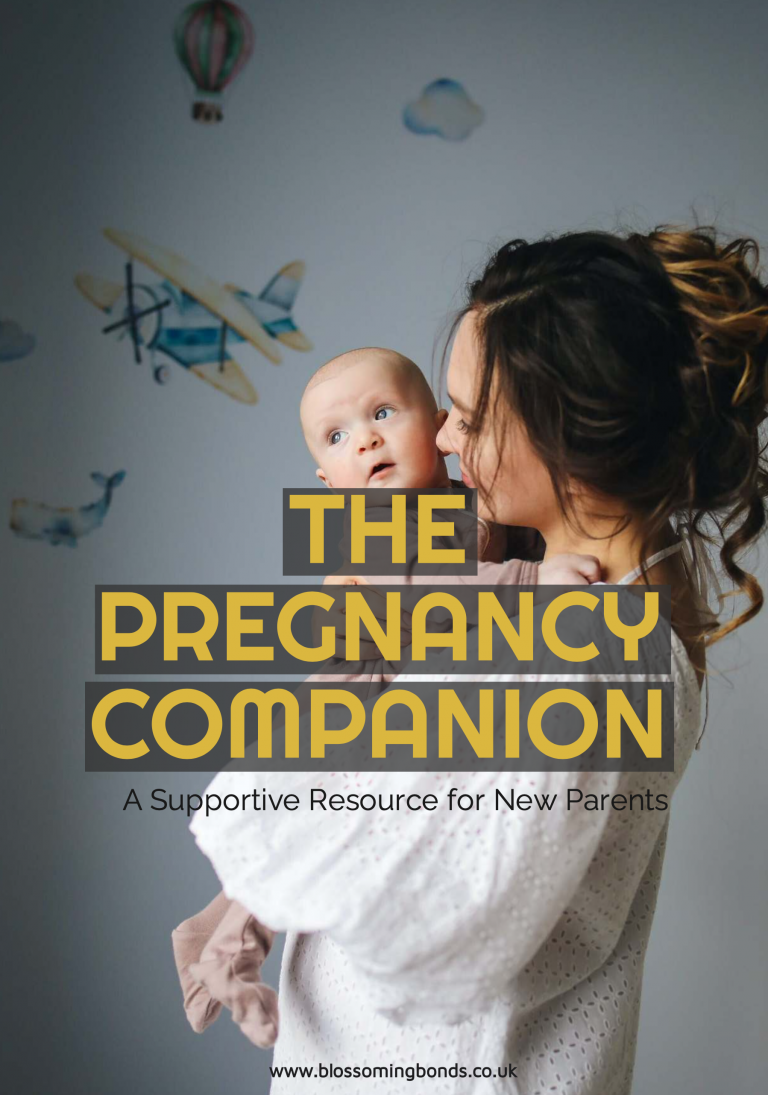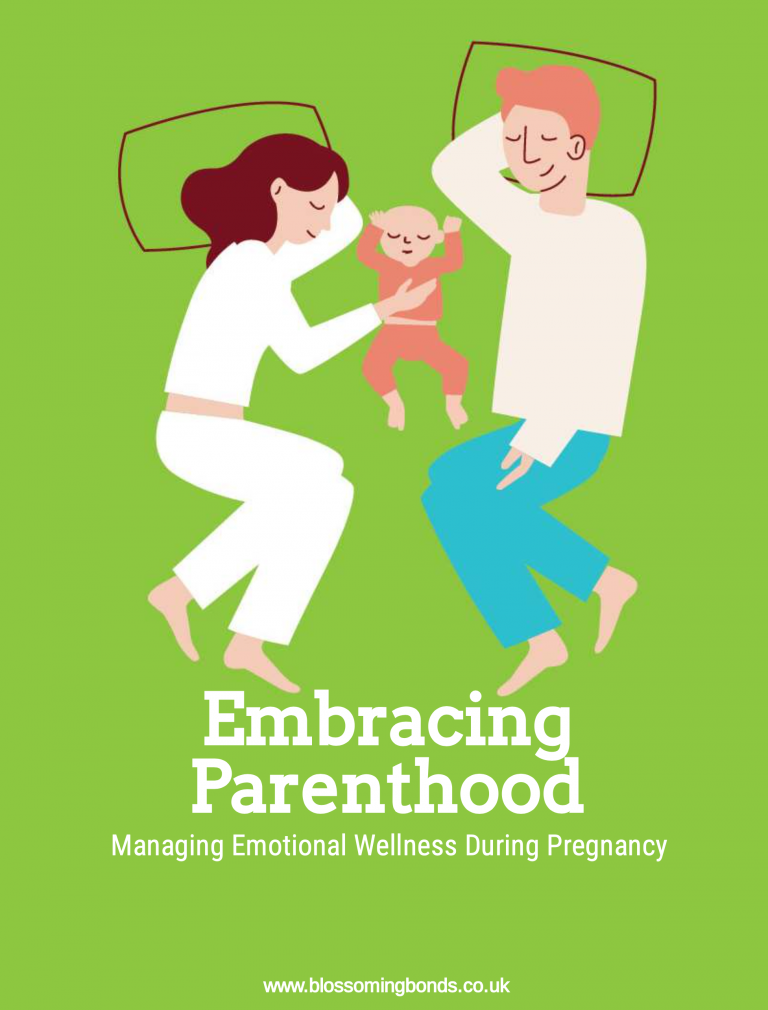Latest Resources & Reviews
Digital Downloads & Resources

£4.99
Breastfeeding 101: A New Parent’s Essential Manual
Expert tips, practical advice, and empowering insights to nurture your baby with confidence. Click below to download your copy and embrace the beauty of breastfeeding today!

£4.99
The pregnancy companion
Within these pages, you will find a wealth of reliable information, practical advice, and heartfelt encouragement to help you feel empowered and informed. Click below to download your copy.

£4.99
Embracing Parenthood
Within these pages, you will find a wealth of strategies, insights, and real-life stories to help you navigate the joys, challenges, and everything in between. Click below to download your copy today.
Getting to know your new baby
- Spend time holding, cuddling, and gazing at your baby to build a strong bond.
- Learn your baby’s cues and signals for hunger, tiredness, discomfort, and contentment.
- Respond promptly to your baby’s needs to build trust and help them feel secure.
- Encourage skin-to-skin contact, which can regulate your baby’s temperature and heart rate.
- Speak, sing, and read to your baby often to stimulate their senses and promote development.
Washing and Bathing Your New Baby
- Gather all necessary supplies before starting (towel, clean diaper, clean clothes, etc.).
- Support your baby’s head and neck during bathing to prevent injury.
- Use a mild, fragrance-free baby soap and lukewarm water, avoiding the face.
- Gently clean your baby’s eyes, ears, and nose with a soft, damp washcloth.
- Pat your baby dry and apply a gentle moisturiser to their skin after the bath.
Soothing a Crying Baby
- Check for common causes of crying: hunger, dirty diaper, gas, overstimulation, or fatigue.
- Try different soothing techniques: rocking, shushing, swaddling, pacifier, or gentle movement.
- Offer skin-to-skin contact, which can help calm and regulate your baby.
- Play soothing music or white noise to help your baby relax.
- If crying persists, consult your pediatrician to rule out any underlying issues.
Helping Your Baby Sleep
- Establish a consistent bedtime routine to signal it’s time for sleep.
- Create a calm, dark, and quiet sleep environment.
- Offer a pacifier or allow your baby to self-soothe.
- Avoid overstimulation before bedtime and learn your baby’s sleepy cues.
- Be patient and flexible – every baby has different sleep needs and patterns.
How to Tell if Your Baby is Not Very Well
- Monitor for signs of fever, lethargy, poor feeding, or unusual breathing.
- Check for rashes, swelling, or other physical changes that may indicate illness.
- Trust your instincts – if something seems off, don’t hesitate to contact your pediatrician.
- Keep a log of your baby’s symptoms, feeding, and diaper changes to share with the doctor.
- Seek immediate medical attention for any concerning or severe symptoms.
Reducing the Risk of SIDS
- Always place your baby on their back to sleep, on a firm, flat surface.
- Avoid loose bedding, soft objects, and overheating in the sleep environment.
- Do not smoke or allow others to smoke around your baby.
- Consider using a pacifier at nap time and bedtime.
- Provide tummy time when your baby is awake and supervised.
- Follow the recommended guidelines for safe sleep practices.
Remember, these cheat sheets are designed to provide a quick reference, but always consult your pediatrician or healthcare provider for personalised guidance and support.

Please note, Family Hubs are available in certain parts of England only.
